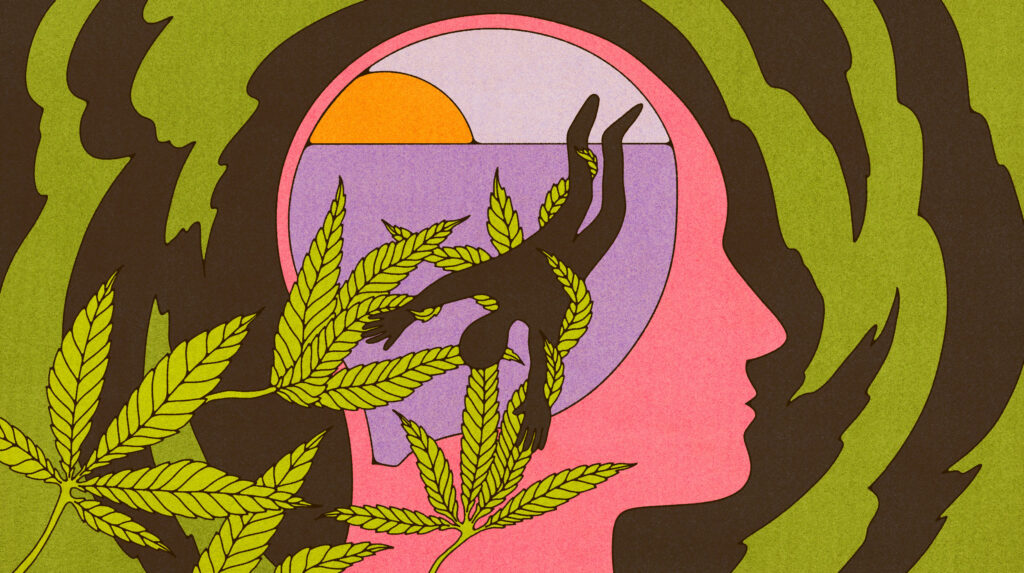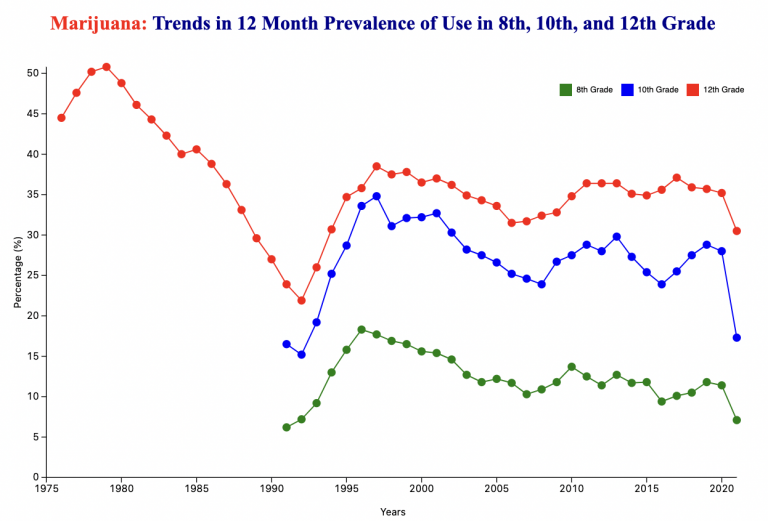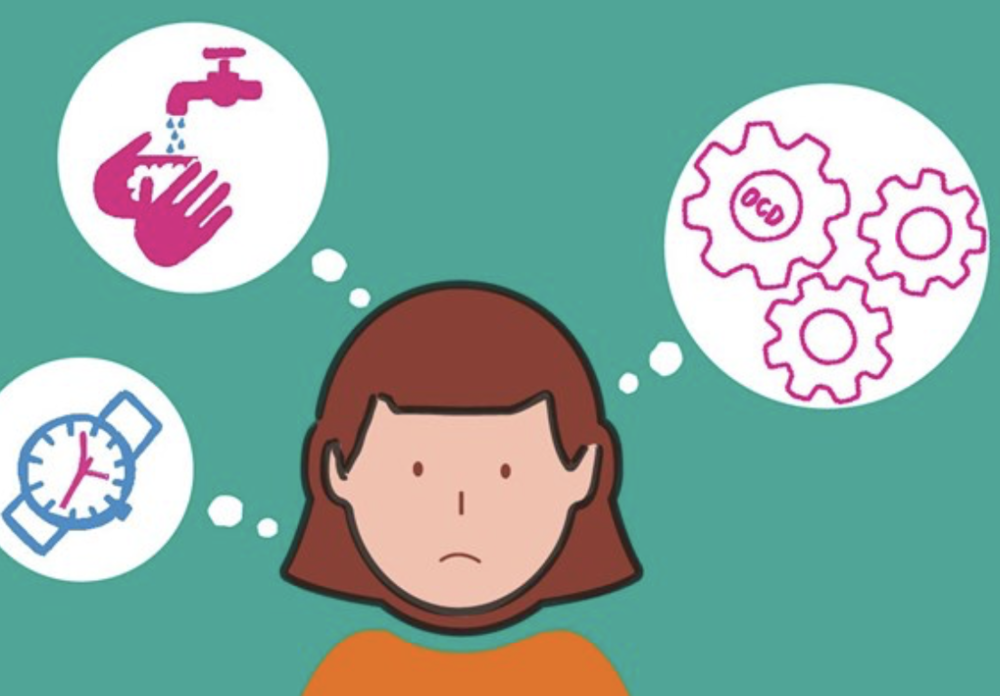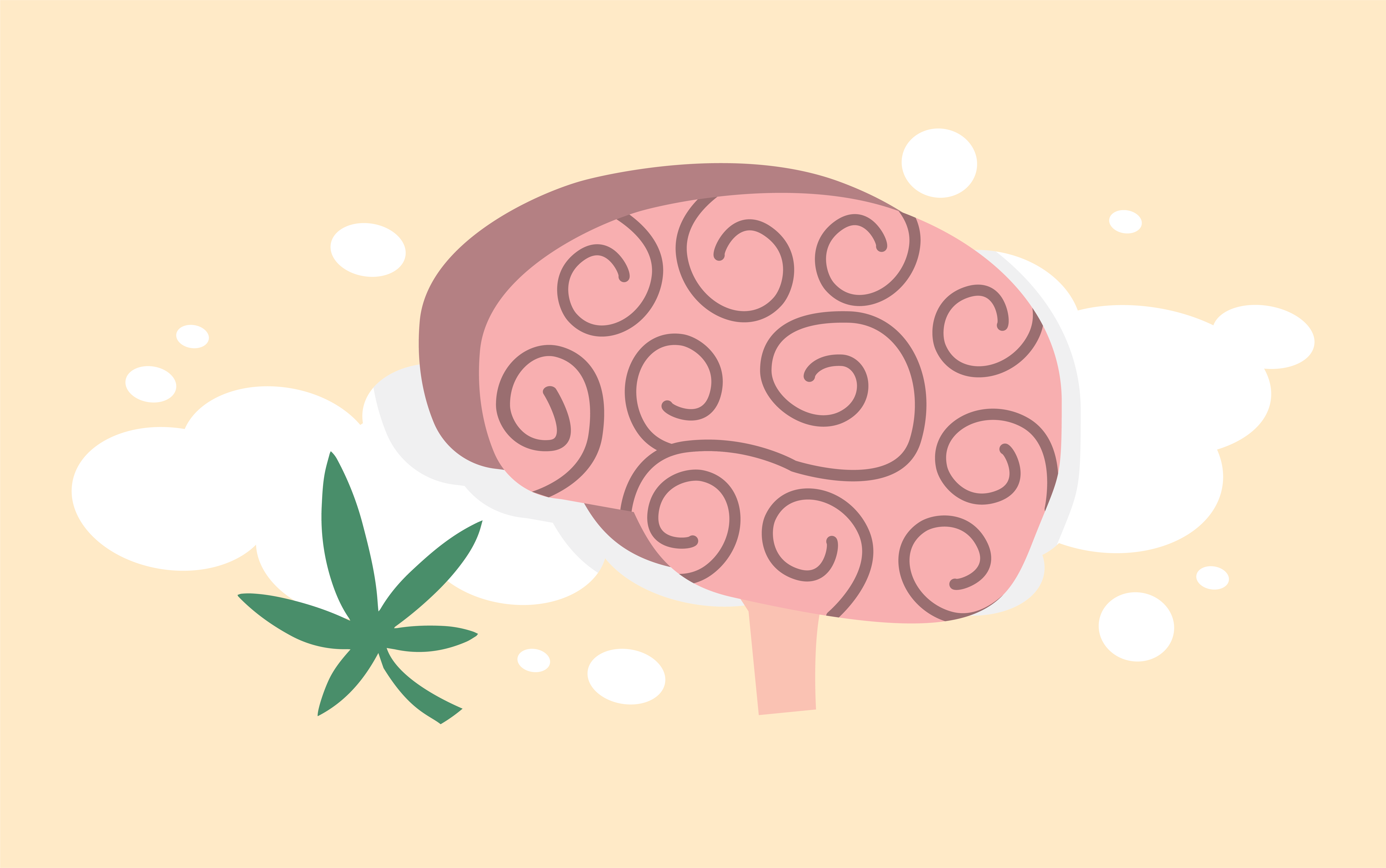Recreational marijuana legalization has been a hot-button issue, sparking debates and discussions across the nation. With more U.S. states joining the legalization wave, researchers have turned their attention to a critical aspect: the impact of recreational marijuana on society, particularly in the realm of mental health treatment.
In this article, we’ll dive into recent research findings that shed light on the intricate relationship between recreational marijuana and mental health treatment. Additionally, we’ll unravel the potential mechanisms at play and discuss the broader implications for public health.
The Study and its Findings
The study’s findings challenged conventional assumptions. Upon the implementation of an Recreational Marijuana Laws (RML), there was a clear decrease in the number of individuals seeking mental health treatment. This decrease was consistent across various demographic groups, including individuals of different races, ethnicities, and those reliant on Medicaid-funded admissions. It was also a consistent trend among both males and females.

According to the study, the decrease in mental health treatment admissions became more pronounced over time and remained negative through the fourth year after the adoption of recreational marijuana laws.
Overall, the study estimated that recreational marijuana laws led to a roughly 37% decrease in total mental health treatment admissions. This is equivalent to about 92 fewer admissions per 10,000 individuals in a state. The decrease was particularly notable among individuals under 65 and those with Medicaid-funded treatment admissions.
Unpacking the Implications
This intriguing discovery raises several questions and implications:
Reduced Stigma: The decreased number of mental health treatment admissions post-RML suggests that the legalization of recreational marijuana may have reduced the stigma associated with seeking help for mental health issues.
Self-Medication Hypothesis: Another possible explanation is that individuals, with easier access to legal cannabis, might opt for self-medication instead of formal treatment. This hypothesis warrants further exploration.
Continuing Research and Trends
As more states continue to legalize recreational marijuana, researchers are closely monitoring the effects of this trend. A policy paper released last year found no increase in youth marijuana consumption in states that ended pot prohibition. This finding helps dispel concerns that recreational marijuana legalization would lead to increased marijuana use among young people.

Additionally, a survey conducted in legal states revealed that more than half of marijuana consumers obtained their cannabis from brick-and-mortar dispensaries, indicating a shift away from illicit markets. This demonstrates the effectiveness of regulated markets in providing access to cannabis products while ensuring consumer safety.
Public Health Implications and Policy Considerations
While the initial drop in mental health treatment admissions post recreational marijuana law (RML) adoption may appear positive, it’s crucial to consider potential long-term consequences. The study we discussed earlier highlighted a significant reduction in admissions but stressed the need to understand the underlying causes.
Public health experts are increasingly concerned about the availability of high-potency marijuana concentrates, like wax and shatter, containing THC levels as high as 85-90%. These potent products carry unique risks, particularly for teenagers and young adults. Dr. Nora Volkow, Director of the National Institute on Drug Abuse, has voiced concerns about a rising link between high-potency cannabis and psychosis.
In response, states like Washington and Colorado are actively researching the public health impact of these products and exploring policy options, including product warnings and potency limits, to address potential risks associated with concentrated marijuana forms.
Lessons from Experience

States like Colorado, which have already legalized recreational marijuana, have drawn valuable lessons from their experiences. After emergency room doctors reported a surge in marijuana concentrate-related psychosis cases, Colorado unanimously passed a bill to restrict access to high-potency products. The bill also mandated the University of Colorado‘s medical school to conduct an extensive review of scientific articles concerning the physical and mental health impacts of high-potency THC.
Similarly, Washington state has conducted its own research, revealing a dose-response relationship with THC, indicating more adverse effects with higher consumption. Consequently, Washington researchers are exploring methods to limit access to high-potency products, including implementing potency caps and product warning labels.
Balancing Regulation and Consumer Demand
Regulating marijuana concentrates has encountered opposition from industry stakeholders who claim limited evidence of significant risks for most consumers. Nonetheless, public health experts stress the importance of addressing potential adverse health effects linked to high-potency cannabis products.
Striking a balance between regulation and meeting consumer demand is pivotal. Stringent testing, clear labeling, and age verification in licensed facilities can ensure responsible sales to informed adults. Transitioning from underground markets to regulated ones can enhance public safety measures effectively.
Conclusion
In the evolving landscape of marijuana legislation, this study serves as a thought-provoking piece of the puzzle. It highlights the counterintuitive trend of decreased mental health treatment admissions following the adoption of Recreational Marijuana Laws. While further research is needed to fully understand the underlying factors. However, it’s clear that the relationship between marijuana legalization and mental health is far from straightforward.
As we navigate the complex terrain of recreational marijuana legislation. This study underscores the need for informed decisions, thoughtful policy discussions, and ongoing research to safeguard community well-being.

